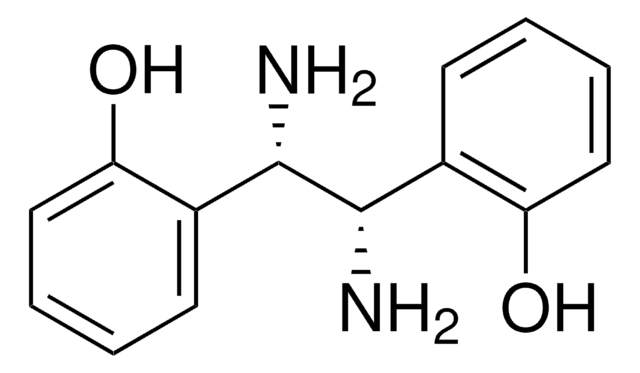684031
(1S, 2S)-1,2-Bis(4-nitrophenyl)ethylendiamin-Dihydrochlorid -dihydrochlorid
97%
Synonym(e):
(1S, 2S)-1,2-Bis-(4-nitrophenyl)-1,2-ethandiamin -dihydrochlorid
About This Item
Empfohlene Produkte
Qualitätsniveau
Assay
97%
Form
powder
Optische Aktivität
[α]22/D -84.0°, c = 1 in H2O
mp (Schmelzpunkt)
202-207 °C
Funktionelle Gruppe
amine
nitro
SMILES String
Cl.Cl.N[C@H]([C@@H](N)c1ccc(cc1)[N+]([O-])=O)c2ccc(cc2)[N+]([O-])=O
InChI
1S/C14H14N4O4.2ClH/c15-13(9-1-5-11(6-2-9)17(19)20)14(16)10-3-7-12(8-4-10)18(21)22;;/h1-8,13-14H,15-16H2;2*1H/t13-,14-;;/m0../s1
InChIKey
PDPYGNJVCKPVGM-AXEKQOJOSA-N
Anwendung
Signalwort
Warning
H-Sätze
Gefahreneinstufungen
Acute Tox. 4 Oral
Lagerklassenschlüssel
11 - Combustible Solids
WGK
WGK 3
Flammpunkt (°F)
Not applicable
Flammpunkt (°C)
Not applicable
Persönliche Schutzausrüstung
dust mask type N95 (US), Eyeshields, Gloves
Hier finden Sie alle aktuellen Versionen:
Analysenzertifikate (COA)
Die passende Version wird nicht angezeigt?
Wenn Sie eine bestimmte Version benötigen, können Sie anhand der Lot- oder Chargennummer nach einem spezifischen Zertifikat suchen.
Besitzen Sie dieses Produkt bereits?
In der Dokumentenbibliothek finden Sie die Dokumentation zu den Produkten, die Sie kürzlich erworben haben.
Artikel
Chiral vicinal diamines are of tremendous interest to the synthetic chemist as they are found in many chiral catalysts and pharmaceuticals.
Verwandter Inhalt
The Chin group is interested in computational and experimental approaches to understanding stereoselective recognition and catalysis. Their studies in weak forces (H-bonding, electronic and steric effects) has led to a highly efficient method for making limitless varieties of chiral vicinal diamines from the 'mother diamine' that are useful for developing stereoselective organocatalysts or transition metal-based catalysts as well as for developing drugs (Acc Chem Res (2012) p1345). The 'mother diamine' is also useful for making binol, monophos and binap analogs. The Chin group is also interested in using reversible covalent bonds for stereoselective recognition and L to D conversion of natural and non-natural amino acids (EJOC (2012) p229).
Unser Team von Wissenschaftlern verfügt über Erfahrung in allen Forschungsbereichen einschließlich Life Science, Materialwissenschaften, chemischer Synthese, Chromatographie, Analytik und vielen mehr..
Setzen Sie sich mit dem technischen Dienst in Verbindung.
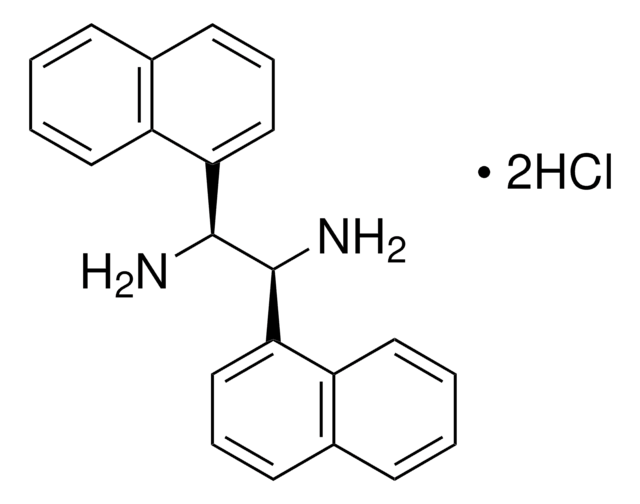


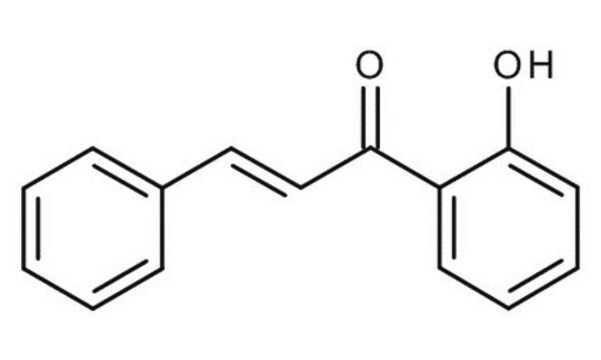
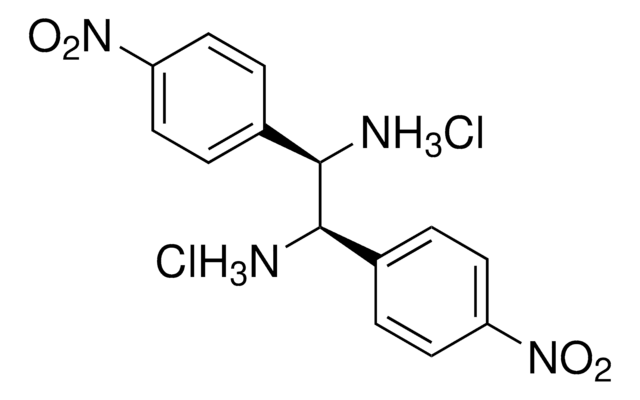
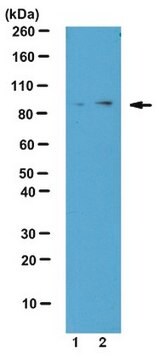
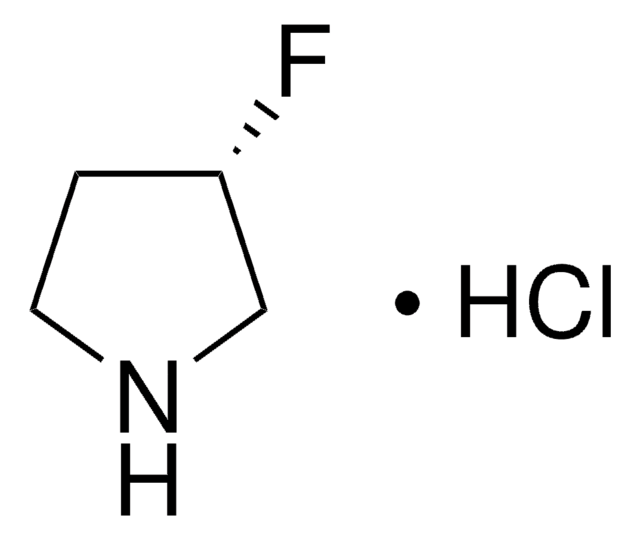
![(1R,2R)-(+)-N,N′-Dimethyl-1,2-bis[3-(trifluormethyl)phenyl]ethandiamin 97%](/deepweb/assets/sigmaaldrich/product/structures/408/938/05de1ba4-8e30-49a7-996e-99aa9340a1f4/640/05de1ba4-8e30-49a7-996e-99aa9340a1f4.png)
